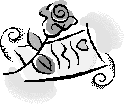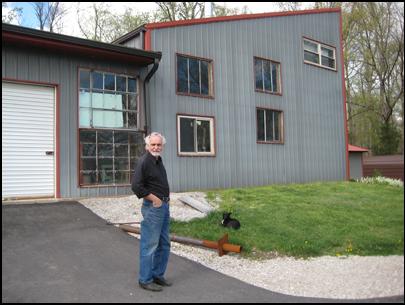|
Wayne Neubarth Victoria 952-443-1910 |
|
Tom O’Connell, CPA Income Tax Preparation. 952-474-6509 |










|
CORNERSTONE Insurance Agency David Barsness * 952-448-5028 |
|
Sebenaler Chiropractic Center Chaska * 952-448-9908 |
|
Christ Victorious Lutheran Church Just south of Victoria * 952-443-2993 |



|
Custom New Homes Victoria * 952-443-2740 |
|
942-448-3434 |
|
952-442-4411 |


|
Headlines and bylines |
|
Front Page Feature Story |
|
From the Editor |
|
Addie’s Drawing |
|
Letters to the Editor |
|
Victoria Moments |
|
Hook Line & Sinker |
|
Calendar of Events |
|
Click here to Advertise |
|
the Gazette |
|
Return to Home Page |
|
Order paper Gazette |
|
Notes and Quotes |
|
The Scoop at City Hall |










|
Norsemen Travel Depend on us for ALL your travel needs! |
|
Bertas Funeral Home Chaska * 952-448-2137 |

|
Home Page |
|
The Victoria GAZETTE |
|
A Mother’s Journey Continued |
|
May 2010 |

|
David’s studio, of which we were given a personal and detailed tour, includes an array of rooms in attached metal buildings that sprawl from one into another. Also with spectacular views, the studio is located about 500 feet from their house. The artist took us through each of the large rooms, explaining the process and the series of steps that were required in making my beautiful bronze Ave Maria. We learned that not only is a sculptor an artist but also an inventor, a machinist, a welder, a chemist, a detailer. We had no idea that the work was so labor intensive. The sculptor is, in fact, a manual laborer with an artist’s eye for the final creation. Do you want to hear of some early steps involved in this Madonna’s journey into life? David explained it to us many times, and I hope I get it right. Roughly and briefly speaking, it begins with the building of a blue styrofoam structure that is the correct size and is proportionately correct. David could see, in general, where the arms, the legs, the face, would be located. Then he covered the styrofoam with a synthetic clay, in which he sculpted and carved the details such as the fingers and facial features. The clay structure looked like my Ave Maria but many more laborious steps were needed to arrive at the finished sculpture made of bronze. David said he brushed several coats of liquid rubber over the clay structure until the rubber layer was between 1/2 and 3/4 of an inch thick. When the rubber was hardened (like gummy bears, not like cement), he brushed it with plaster. When the plaster layer was hard, he cut it into pieces that made sense (an entire arm, for example, or the head portion) and pulled them (along with the rubber layer) off of the clay sculpture. The Ave Maria was cut into 15 separate pieces, rather large pieces, since the sculpture was larger than life size. Then he brushed layers of dark wax across the insides of each of the 15 rubber pieces until the wax was also about 1/2 to 3/4 of an inch thick. The rubber pieces contained the detail, you see. You might say that the clay was the positive and the rubber held the negative. When the wax was hard, he pulled it away from the pliable rubber molds and dipped each of 15 wax pieces (which now contain the sculpture’s detail), one at a time, several times, into a wet cement slurry, and then he splashed each of the 15 pieces, one at a time, with sand all around until they were each coated with a hard, thick, multi-layer material of sand/cement, which we’ll call stucco. For the next step, David put each of the 15 pieces -- always one at a time -- into a kiln to further harden the stucco and melt out the wax that was inside each of them. Then he “melted” an amount of bronze in a furnace and poured the molten material into each of the 15 stucco molds, in which he had constructed a funnel for this purpose. After the bronze cooled, he hacked the stucco away from each of the 15 pieces to expose the bronze. This was also not an easy process since the stucco was hard as rock and didn’t break away easily from the bronze. David then welded together the 15 bronze pieces (which were “positives”), placing them properly together to reveal once again the full Madonna -- this time in bronze rather than in clay. After that, he ground and worked out the joints where they had been pieced and welded. It is at this point that the Lady was transported from David’s studio to Corydon for sandblasting. No wonder this project didn’t happen overnight. Besides that, the Ave Maria was not David’s only work in progress, but it was his largest. David is a working artist and not a starving artist. ***
|
